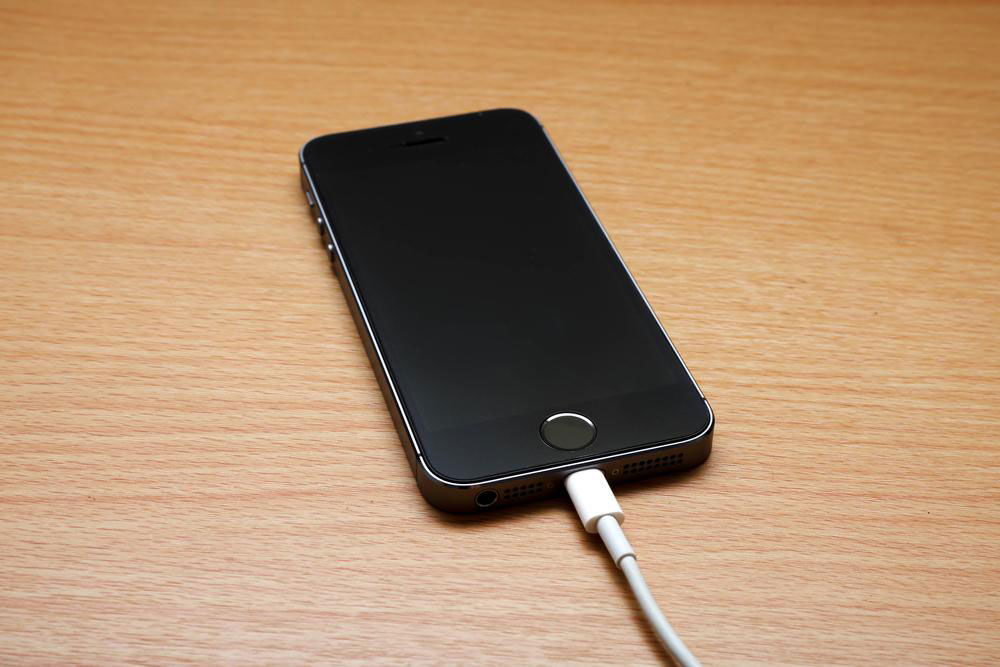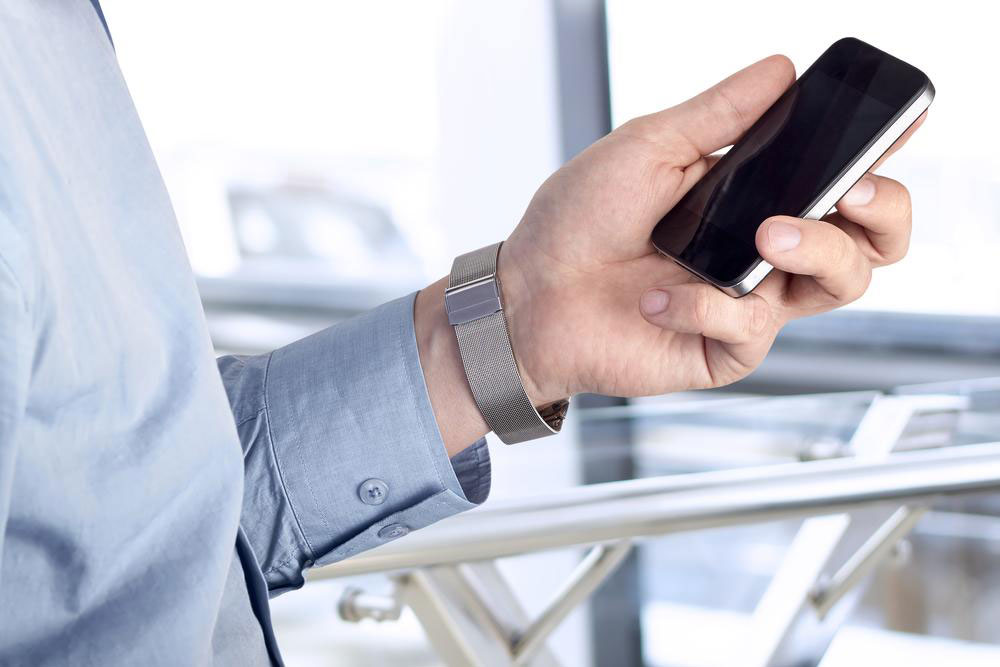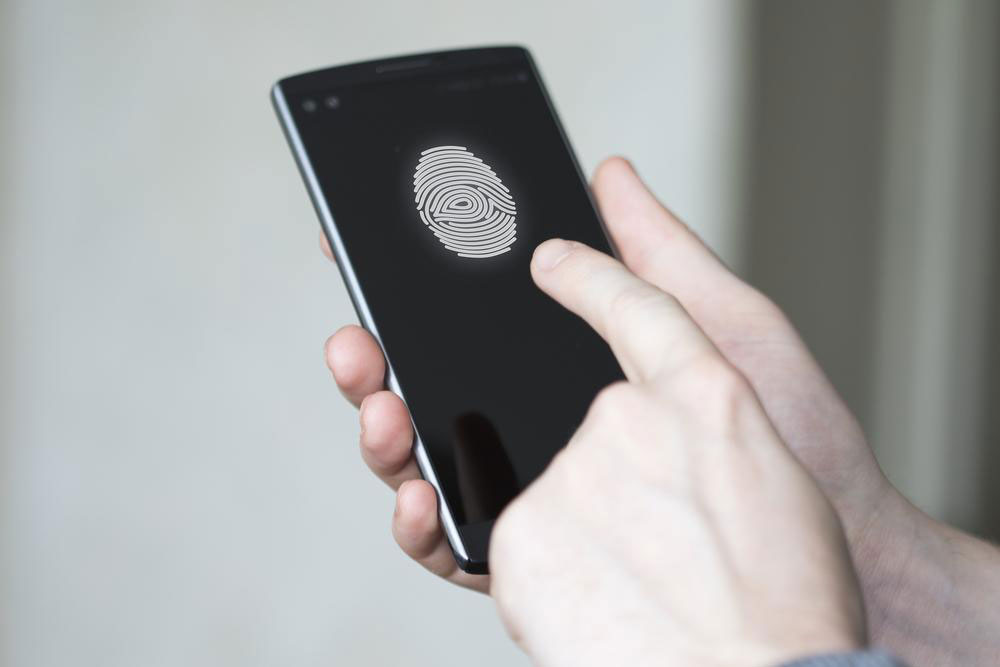Comprehensive Analysis of the iPhone 7 Plus: Features, Performance, and User Insights
Explore the comprehensive features of the iPhone 7 Plus, including its performance, camera, display, and design upgrades. This detailed review helps users understand how this device stands out in Apple's flagship lineup, comparing it with previous models and highlighting its key benefits for prospective buyers and tech enthusiasts.

The iPhone 7 Plus, available in a striking jet black finish, symbolizes a significant step forward in Apple's smartphone evolution, offering users a combination of enhanced hardware, improved performance, and sophisticated design elements. Released as part of Apple's flagship lineup, the iPhone 7 Plus continues Apple's tradition of delivering premium features, while introducing notable upgrades that elevate user experience to new heights. Whether you're a tech enthusiast, a loyal Apple customer, or someone considering your first upgrade, understanding the intricate details of this device is crucial to making an informed decision.
In-Depth Comparison: iPhone 7 Plus Versus iPhone 7
The most apparent difference between the iPhone 7 Plus and its predecessor, the iPhone 7, lies in their display sizes. The Plus variant boasts a 5.5-inch Retina display, providing a more immersive viewing experience, especially suited for multimedia consumption, gaming, and detailed visual tasks. In contrast, the iPhone 7 features a 4.7-inch screen, which offers one-handed usability and portability. Both models house the powerful A10 Fusion chip, a significant upgrade over earlier hardware, promising faster processing speeds and better energy efficiency.
The A10 Fusion chip integrates a quad-core architecture, distributing tasks between two high-performance cores and two efficiency cores. This design allows for smooth multitasking, quick app launches, and an overall snappy user interface. When comparing performance metrics, these chips outperform previous models such as the iPhone 6 Plus and the original iPhone, setting a new standard for mobile processing power.
Storage options for the iPhone 7 Plus include 128GB and up to 256GB, accommodating users with extensive media libraries, large apps, and high-resolution photos and videos. Thanks to its 64-bit architecture, the device offers a 40% faster processing speed and 50% better graphics performance compared to the A9 chip, ensuring seamless gaming, video editing, and multitasking capabilities.
Battery Life and Connectivity
The iPhone 7 Plus features an improved battery designed to last approximately an hour longer in 4G LTE usage compared to the iPhone 7. This enhancement is partly due to its larger battery capacity and energy-efficient hardware components. Users can expect extended browsing sessions, video streaming, and app usage, making it suitable for users who rely heavily on their smartphones throughout the day.
Furthermore, both models support fast charging and wireless connectivity enhancements, ensuring quick data transfer and reliable network access. Satellite features like Wi-Fi 6 support in some versions improve online experiences, providing faster speeds and more stable connections.
Camera Capabilities and Display Quality
The camera system in the iPhone 7 Plus is notably advanced, maintaining a similar sensor size to previous models but with refined image processing capabilities. It features a dual-lens system, offering users Portrait Mode with a depth-of-field effect, HDR, and enhanced low-light performance. The camera's pixel density in the Plus model is 401 PPI, which surpasses the standard iPhone 7's 326 PPI, leading to sharper, more detailed images and videos.
The larger display and higher pixel density make viewing photos, videos, and apps more vibrant and crisp. This device is particularly appealing to content creators and photography enthusiasts who seek professional-quality results on a mobile device.
Design and User Experience
The iPhone 7 Plus maintains a sleek, durable aluminum body with precise build quality. Its larger dimensions may make it slightly harder to handle, but the trade-off is a more expansive display. The device offers 3GB of RAM, compared to 2GB in the iPhone 7, allowing for better multitasking and smoother app switching.
Its four-core CPU design enables efficient processing: two cores dedicated to everyday tasks like browsing, messaging, and emails, providing quick responsiveness; and two cores allocated for heavy-duty demands such as high-end gaming or intensive app usage. This division ensures a balanced, versatile experience tailored to various user needs.
For consumers interested in acquiring an iPhone 7 Plus, various purchasing options are available. These include online promotional giveaways for models like the iPhone 6s 128GB, or free iPhone offers through surveys and referral programs. Additionally, Apple offers refurbished or brand-new units, providing an affordable way to own a premium device without compromising quality.
Overall, the iPhone 7 Plus remains a compelling choice for users seeking a device with a large display, robust performance, superior camera features, and a trusted brand reputation. As Apple continues advancing its technology, understanding the specs and capabilities of this model helps users decide whether it's the right upgrade for their needs.





